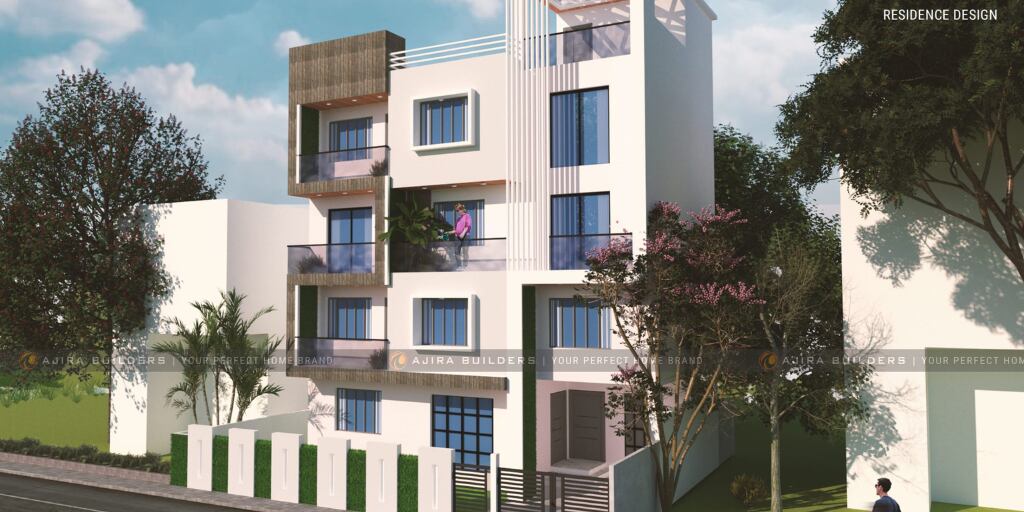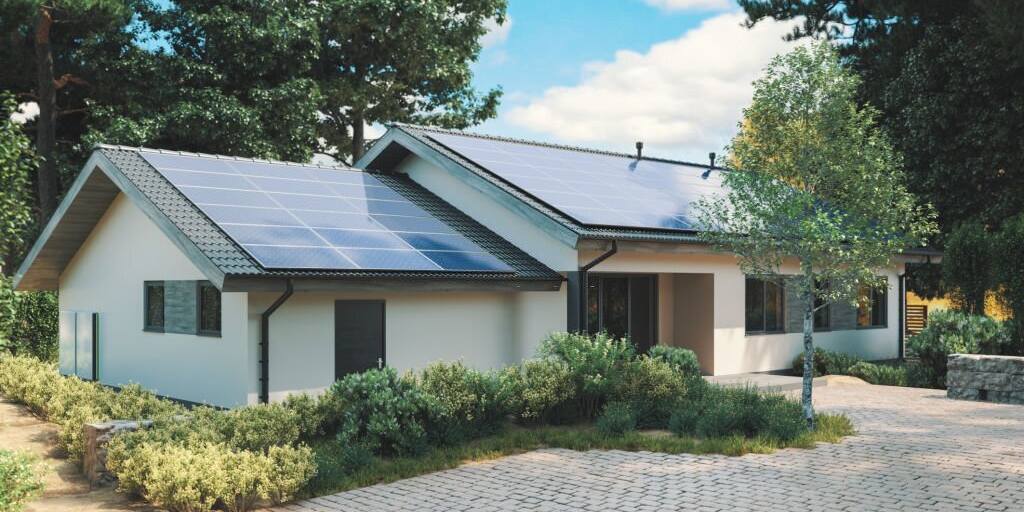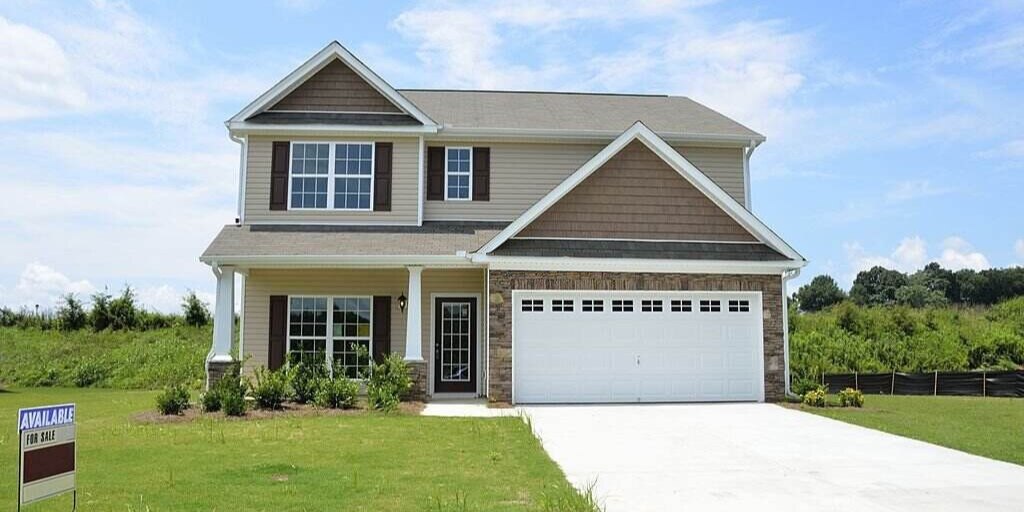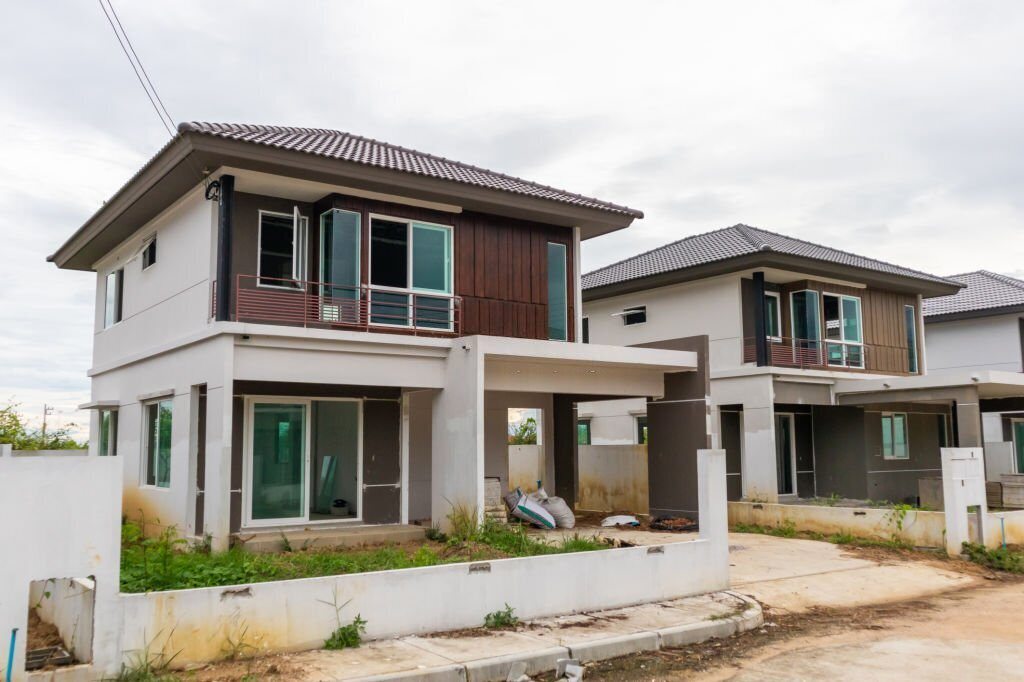Are you looking for a low-cost house design in Nepal to build your home on a budget? If so, you have come to the right place. In this blog post, we will take a closer look at Nepal’s low-cost house designs, and how they can help you build your dream home without breaking the bank. We will discuss the various options available and how they can help you save money while still having a beautiful and comfortable home. Read on to find out more about the cheapest house design in Nepal and how they can help you build your home on a budget.
The Benefits of a Low-Cost House Design in Nepal
Building a home can be an expensive endeavor, but with the right low-cost house design, you can still achieve the look and feel of your dream home without breaking the bank. low-cost house design in Nepal is becoming increasingly popular due to the cost savings they provide. These designs offer many benefits, from reduced construction costs to energy efficiency.
One of the main advantages of a low-budget house design in Nepal is the savings on construction costs. By taking advantage of pre-made components, such as pre-fabricated walls, floor plans, and even entire structures, you can save a significant amount of money on materials and labor. Additionally, these designs can often be complete faster than custom-built homes, which can also lead to cost savings.
Another benefit of a low-cost house design is energy efficiency. By using modern building materials and design elements, these houses are able to reduce energy costs by up to 30%. This is achieve through airtight construction, high levels of insulation, and careful selection of appliances and lighting fixtures. As a result, owners of low-cost houses enjoy reduced utility bills and a smaller carbon footprint.
Finally, low-cost house designs offer greater flexibility in terms of customization. Many of these designs can be modify to fit the needs of the owner and the landscape of their property. This makes it easier for homeowners to create the exact look and feel that they want for their homes.
Overall, low-cost house designs offer an affordable way for homeowners to build the home of their dreams without spending an exorbitant amount of money. With their energy efficiency, customizable features, and cost savings, these cheapest house design in Nepal are becoming increasingly popular among those looking to build a home.
Read Our Blog: How to reduce construction costs in Nepal
The Drawbacks
When it comes to building a home on a budget, opting for the cheapest house design in Nepal can be an attractive option. But, it’s important to keep in mind that there are some potential drawbacks to consider before you make your decision.
One of the main drawbacks of a low-cost house design is that these plans often come with a limited amount of flexibility when it comes to customization and personalization. Since these designs are made with a budget in mind. They can often be quite rigid and lack certain features that may be desire.
Another potential drawback is that these plans may not be suitable for certain climates or weather conditions. If you plan on living in an area with extreme temperatures or weather events, like earthquakes or floods, then you may need to look into other options. This can be especially important if you’re looking to build a multi-story home or one with several rooms. These designs, tend to be more vulnerable to extreme weather events.
Finally, low-cost house designs may not always provide the highest quality materials or craftsmanship. This means that your home could be more vulnerable to wear and tear over time. They may need more frequent repairs and maintenance.
As with any type of house design, it’s important to carefully weigh the pros and cons before you make your final decision. Low-cost house designs can be an ideal choice for those looking to build on a budget. But it’s important to understand the potential drawbacks so that you can make an informed decision.
Types of Low-Cost House Design
When building a home in Nepal, there are many different types of low-cost house designs available to choose from. Whether you are looking for something traditional or something more modern, there is sure to be something that fits your needs. Here are some of the different types of cheapest house design in Nepal:
1. The Traditional Design:
This design is one of the most popular and affordable options in Nepal. These designs usually feature a sloping roof, a large entryway, and simple decorations. Traditional houses in Nepal are typically made of wood, stone, and mud. They are often built in the style of the indigenous Newari or Tharu communities.

The architecture of these houses varies depending on the region, climate, and culture of the area. Overall, traditional houses in Nepal are design to be practical and functional, while also reflecting the unique culture and traditions of the local communities.
2. The Contemporary Design:
This design is much more modern than the traditional one and features more angular lines and open spaces. Contemporary design is a style of architecture that is characterize by its modern and innovative approach to design.

In Nepal, contemporary design houses are becoming increasingly popular due to their sleek, minimalist aesthetic and focus on functionality. Overall, contemporary design houses in Nepal offer a fresh take on traditional Nepalese architecture, while also prioritizing practicality and sustainability.
3. Eco-Friendly Design:
This type of design utilizes natural materials such as clay and stone, making it an environmentally-friendly choice. It also often includes a garden or outdoor living space. Eco-friendly design, also known as sustainable design or green design.

It is a type of design that takes into consideration the environmental impact of a product, building, or system. The goal of eco-friendly design is to minimize negative environmental impacts, promote sustainability, and conserve resources.
4. The Steel Frame Design:
Steel frames are often use in Nepal to make homes sturdy and durable. These houses can be made to look modern or traditional, depending on your preference. Steel frame design refers to the use of structural steel as the primary construction material in buildings and other structures.

Steel frames are typically compose of vertical and horizontal members, with the vertical members known as columns and the horizontal members known as beams.
5. The Modular Design:
This design allows for a custom-made house that can be built with modular components. This makes it easy to customize your house while keeping costs low. Modular design houses are prefabricate homes that are construct in a factory and then transport to the building site for final assembly.

The houses are built in modules or sections, which are then connect together to form a complete structure. This type of construction method is becoming increasingly popular due to its many advantages.
Regardless of which design you choose, building the cheapest house design in Nepal is possible and can help you save money. With the right materials and design, you can have a beautiful and comfortable home without breaking the bank.
6. Single-Story Traditional House:
A single-story traditional house can be a cost-effective option that utilizes local materials like mud, stone, and timber. These houses typically have a simple design with a few rooms and a small courtyard. They can be built in a short time frame and provide a comfortable living space.

A single-story traditional house is a type of residential building that is design to have only one level or floor. These types of houses can be found in many different cultures and regions, and their design can vary depending on factors such as climate, culture, and available building materials. Overall, modular design houses offer a fast, customizable, and environmentally-friendly option for those looking to build a new home.
7. Prefabricated House:
A prefabricated house can be an affordable and quick option that utilizes modern building techniques. These houses are built off-site and transport to the site for assembly. They can be made from materials like steel, wood, or concrete. A prefabricate house, also known as a prefab home, is a type of home that is construct off-site in a factory or manufacturing facility, and then transport to the building site for final assembly.

The house is built in sections or modules that can be easily connect together to form a complete structure. Prefabricated houses can range in size and style, from small, single-story homes to large, multi-level structures.
Bonus Tips: Check out our awesome projects
Advantages and Disadvantages of Each Type of low budget house design in Nepal
There are many advantages and disadvantages of low-cost house design in Nepal.
Advantages of the cheapest house design in Nepal
Affordability:
One of the biggest advantages of low-cost house design is affordability. By using cost-effective materials and simple designs, the overall cost of construction can be significantly reduce.
Accessibility:
Low-cost house designs can make home ownership more accessible for people with lower incomes helping to address the issue of affordable housing.
Simplicity:
Low-cost house designs tend to be simple and straightforward, which can make them easier and faster to construct.
Sustainability:
Low-cost house designs can incorporate sustainable features, such as energy-efficient materials and systems, which can reduce energy costs over the life of the home.
Disadvantages of the low-cost house design in Nepal
Quality:
In some cases, low-cost houses may sacrifice quality for affordability. Cheaper materials may last less time or perform as well as more expensive materials.
Limited options:
Low-cost house designs may be limit in terms of style and customization options, which can make it difficult for homeowners to create a personalized living space.
Durability:
Low-cost house designs may not be as durable as more expensive homes, which can be a concern in areas prone to natural disasters or extreme weather.
Resale value:
Homes built using low-cost house designs may have lower resale values than more expensive homes, which can make it more difficult to recoup the initial investment.
Overall, low-budget house design in Nepal can be a good option for people who want to own a home but cannot afford a more expensive option. However, it is important to carefully consider the advantages and disadvantages before choosing a low-budget house design in Nepal.
In Conclusion:
In conclusion, the cheapest house design in Nepal is a crucial aspect of the country’s development, as it addresses the pressing need for affordable housing solutions for low-income families. Over the years, architects, engineers, and designers have developed innovative strategies and techniques to design low-cost houses that are both functional and aesthetically pleasing.
These designs incorporate locally available materials, sustainable construction practices, and efficient use of space to reduce construction costs while still ensuring quality housing. Overall, low-cost house design in Nepal is an essential aspect of the country’s efforts to promote sustainable development, reduce poverty, and improve its citizens’ living standards. It is an area that requires ongoing attention and investment to provide affordable, safe, and dignified housing for all.
FAQ
Some affordable building materials that can be used for building low-cost houses in Nepal are locally sourced clay bricks, bamboo, mud, and stones. These materials are readily available in Nepal and can be procured at a low cost.
Yes, it is possible to build a sustainable low-cost house in Nepal by incorporating sustainable building practices like using renewable energy sources like solar power, rainwater harvesting, and efficient insulation techniques. By using locally sourced materials and adopting eco-friendly design principles, you can build an environmentally sustainable and affordable home in Nepal.
Yes, you can hire a professional architect or designer to design your low-cost house in Nepal. Many architects and designers specialize in designing low-cost homes and can help you create an affordable and sustainable design that meets your needs and budget. Additionally, hiring a professional can ensure that your house design meets local building codes and regulations.
Earthquakes are a common occurrence in Nepal, and it is essential to ensure that your low-cost house design is earthquake-resistant. To achieve this, you can use a mix of locally sourced materials like reinforced concrete, bamboo, and steel. Additionally, you can incorporate earthquake-resistant design principles like proper building orientation, reinforced foundations, and flexible structures.
Yes, the Nepalese government has launched various schemes and programs aimed at providing affordable housing to its citizens. Some of these programs include the National Housing Program, which offers subsidies and grants for low-income families to build their homes. You can also explore the possibilities of availing of home loans with low-interest rates from government-sponsored financial institutions.